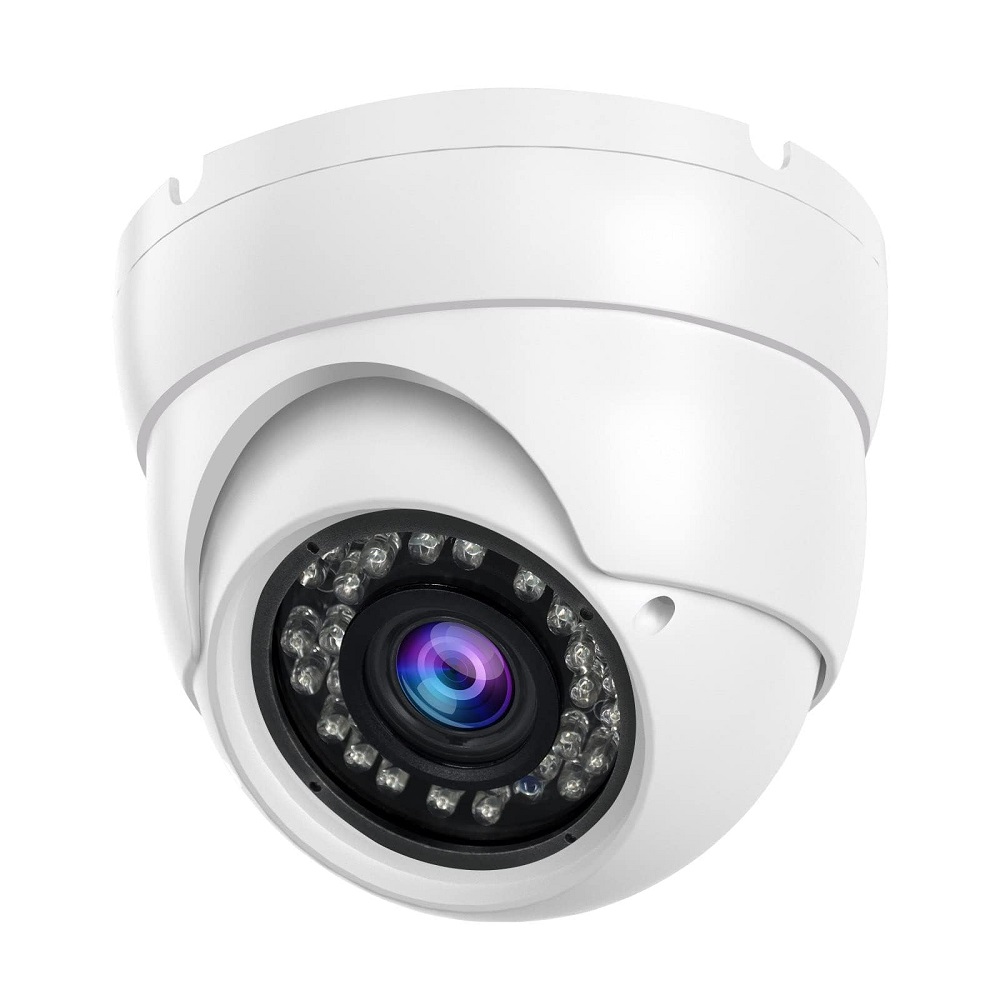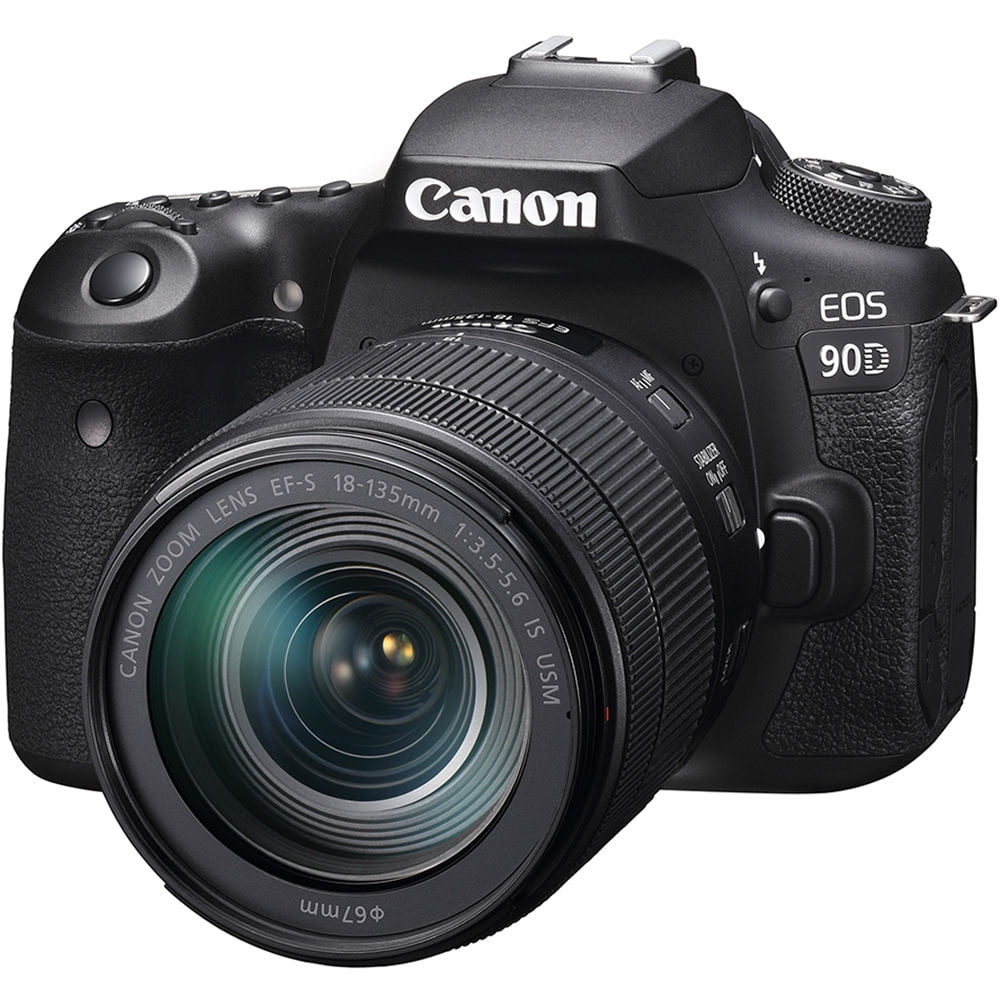Using Microsoft Teams for meetings, webinars, and online collaboration has become increasingly common in both professional and personal settings. However, one frequent issue users encounter is a malfunctioning camera. This problem can stem from various causes, including software settings, hardware malfunctions, or connectivity issues. If your Teams camera isn’t working, this guide will help you swiftly identify and fix the issue, so you can get back to video calling.
Check Your Camera Connections
USB and Hardware Connections
If you’re using an external camera, the first step is to ensure that it is properly connected. Check the USB connection between the camera and your computer. Ensure that the cable is plugged securely into both the camera and a working USB port. If you’re using a USB hub, try connecting the camera directly to your computer instead, as hubs can sometimes cause connectivity issues.
If you’ve just installed the camera, make sure your computer recognizes it. Open the Device Manager in Windows (you can search for it in the Start menu) to see if the camera appears there. If it shows an error icon, it may need troubleshooting.
Internal Camera Settings
For those using a built-in laptop camera, make sure that the camera is enabled in BIOS settings. Restart your computer and access the BIOS/UEFI settings (usually by pressing F2 or Delete during boot). Check if the camera is turned on. Sometimes, manufacturers include settings to disable the internal camera for privacy reasons.
If the camera is enabled in BIOS and you’re still facing issues, it is worth checking if any privacy settings in your operating system are preventing access.

Adjust Microsoft Teams Settings
Camera Settings in Teams
Sometimes, the problem lies within Microsoft Teams itself. Open the application and navigate to your profile picture in the upper-right corner. Click on it, then select “Settings.” From there, go to the “Devices” section and look for the Camera settings. Ensure your desired camera is selected from the dropdown menu. If the selection shows “None” or another camera, it won’t function during meetings.
Also, check if Teams shows a preview of what your camera captures. If the screen is black or shows an error message, this may indicate the camera is improperly connected or configured.
Clear Teams Cache
Clearing the Teams cache can resolve many unexpected issues, including camera problems. Close the Teams application completely. You can either use Task Manager to make sure it’s not running in the background or restart your computer. Once closed, navigate to the cache folder by pressing Windows + R to open the “Run” dialog. Type %appdata%\Microsoft\Teams and press Enter.
Delete all files in the “Teams” folder, especially in the Cache subfolder. After doing so, restart Microsoft Teams. This resets your application and may fix any underlying issues with your camera settings.
Update Drivers and Software
Camera Drivers
Outdated or corrupted drivers often lead to hardware malfunctions, including camera issues. To resolve this, return to Device Manager and find your camera under “Imaging Devices.” Right-click on the camera and select “Update driver.” You can choose the option to search for updates automatically. If Windows finds newer drivers, it will install them.
If that doesn’t work, visit the camera manufacturer’s website. They often provide updated drivers that could fix compatibility issues with Microsoft Teams.
Update Microsoft Teams
Keeping Microsoft Teams updated is important for smooth functionality. Open the app, click on your profile in the top-right corner, and select “Check for updates.” Teams will automatically download and install any available updates. Restart the application after the update to ensure all changes take effect.
Additionally, verify that your operating system is up to date. Windows updates often include crucial fixes for device compatibility. Search for updates in your system settings and apply them as necessary.

Test Your Camera Beyond Teams
Use Built-in Camera Apps
Testing your camera outside of Microsoft Teams can help determine if the issue is specific to Teams or if it lies in the camera itself. Open the built-in Camera app on Windows by searching for “Camera” in the Start menu. If the camera works in this app, the issue may be related to Teams settings. If it doesn’t work, the camera problem might be hardware-related.
For Mac users, open the Photobooth or FaceTime application to check if the camera functions correctly. This test can save time and focus troubleshooting efforts on the right area.
Use Online Camera Test Tools
Online tools like Webcam Test or Zoom’s test meeting feature allow you to quickly check if your camera is functioning. These tools assess your camera’s connectivity and output without needing to dive deep into settings. If your camera works in these online tests, you can be more confident that the issue is specific to Microsoft Teams.
Permissions and Privacy Settings
Operating System Permissions
Modern operating systems have improved privacy settings that can accidentally block camera access. In Windows, go to “Settings,” then “Privacy,” and find the “Camera” section. Ensure that “Allow apps to access your camera” is enabled. Scroll down to find Microsoft Teams and make sure it has permission to access the camera.
For Mac users, go to “System Preferences” followed by “Security & Privacy.” In the “Camera” tab, check if Microsoft Teams is checked. If not, check the box to allow access.
Check Antivirus Software
Sometimes, antivirus software detects legitimate applications as potential threats, blocking access to your camera. Make sure your security software isn’t preventing Microsoft Teams from using the camera. Review the settings and whitelist Teams if necessary.
If disabling the antivirus temporarily resolves the camera issue, you may need to adjust your antivirus settings or contact the support team for further assistance.

Hardware Troubleshooting
Inspecting Physical Components
For users experiencing persistent camera issues, it’s important to inspect the physical condition of the camera. Check for any obstructions, debris, or malfunctioning components. If you’re using an external camera, ensure the lens is clean and free of smudges. Dirty lenses can create distortion and obscure the image.
If you’re using a built-in camera, ensure that no physical switches or keyboard shortcuts might disable it. Some laptops have specific function keys designed to turn the camera on and off. Refer to your device’s user manual for instructions.
Testing with Another Device
To further isolate the problem, connect your external camera to a different computer if available. If it works on a different machine, then the issue resides with your original computer’s settings or software. On the other hand, if the camera fails on another device, it may need repair or replacement.
When All Else Fails: Customer Support
Contacting Microsoft Support
If you’ve exhausted all troubleshooting options and your Teams camera not working still isn’t functioning, contacting Microsoft support may be necessary. Use their official website to seek help or access troubleshooting resources specific to your issue. Having detailed information about your problem will assist support representatives in diagnosing and resolving the issue faster.
Seeking Manufacturer Support
If your camera is a separate hardware device, consider reaching out to the manufacturer. They often have specific troubleshooting steps or can identify if your camera is faulty. A warranty may cover replacements or repairs, ensuring you don’t incur additional costs.
Get Back to Connecting
Dealing with a malfunctioning camera in Microsoft Teams can be frustrating, but most issues are manageable with the right approach. By following the steps outlined above—from checking connections and software settings to testing hardware and seeking support—you can effectively troubleshoot the problem.
Once your camera is functioning correctly, you can resume engaging in meetings, collaborating with colleagues, and enjoying video calls with friends and family. Don’t let technical issues keep you from staying connected; take the time to troubleshoot, and you’ll be ready to video chat in no time!
